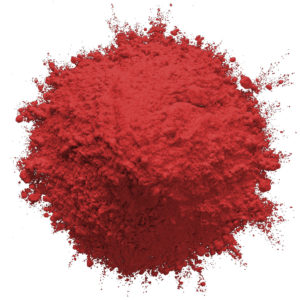
Structure:
Cuprous oxide is commonly used as a pigment, a fungicide, and an antifouling agent for marine paints. Rectifier diodes based on this material have been used industrially as early as 1924, long before silicon became the standard. Copper(I) oxide is also responsible for the pink color in a positive Benedict’s test.
Properties
The solid is diamagnetic. In terms of their coordination spheres, copper centres are 2-coordinated and the oxides are tetrahedral. The structure thus resembles in some sense the main polymorphs of SiO2, and both structures feature interpenetrated lattices.
Cu2O degrades to copper(II) oxide in moist air.
Semiconducting properties:
Cu2O is one of the most studied materials, and many experimental observations and semiconductor applications have been demonstrated first in this material:
- Semiconductor
- Semiconductor diodes
- Phonoritons
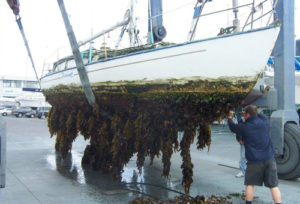
Uses
Industrial uses
- Additive used for enhancing strength of ironparts.
- Agricultural chemicals (non-pesticidal)
- Paint additives and coating additives not described by other categories
- Surface active agents
Consumer Uses
- Agricultural products (non-pesticidal)
- Building/construction materials not covered elsewhere
- Metal products not covered elsewhere
- Paints and coatings
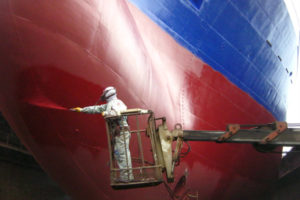
Cuprous Oxide in Paints
Cuprous oxide is commonly used as a pigment, a fungicide, and an antifouling agent for marine paints. Rectifier diodes based on this material have been used industrially as early as 1924, long before silicon became the standard. Copper(I) oxide is also responsible for the pink color in a positive Benedict’s test.
Copper(I) oxide is used as a pigment in porcelain glazes and stained glass. In opaque glass, it provides a bright brick-red color if large enough crystals are used. Smaller crystals give a yellowish color. The use of copper(I) oxide as a pigment in glazes dates back to the time of ancient Egypt.
Many antifouling marine paints contain copper(I) oxide. Antifouling paints are paints that prevent the formation of barnacles and other organisms on the bottom of a boat. The compound is also used as an antifungal agent, a substance that kills mildew, rust, and other types of fungus. Fungicides based on copper(I) oxide are commonly used on a variety of crops susceptible to attack by such organisms. Copper(I) oxide acts by inhibiting the growth of fungal spores (from which new plants develop) rather than killing mature fungi.
Cuprous Oxide is offered by Esaar International Pvt. Ltd.. Fill up the inquiry form to get an official Quote – INQUIRE NOW (Click Here)
Health and Environmental Hazards
Exposure to moderate amounts of copper(I) oxide can be irritating to the skin, eyes, and respiratory system. If heated, it gives off copper fumes that can cause symptoms similar to the common cold and may discolor the skin and hair. If swallowed, copper(I) oxide has a metallic taste and may induce vomiting, nausea, and stomach pain. In the most severe cases, copper(I) oxide may cause black or tarry stools, jaundice, and bloody vomiting, with long-term damage to the liver.
In the environment, copper(I) oxide is very toxic to fish and crustaceans.





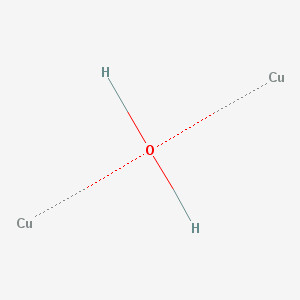
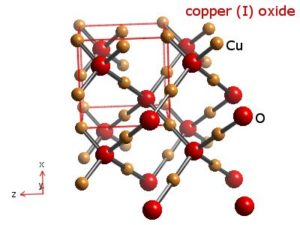
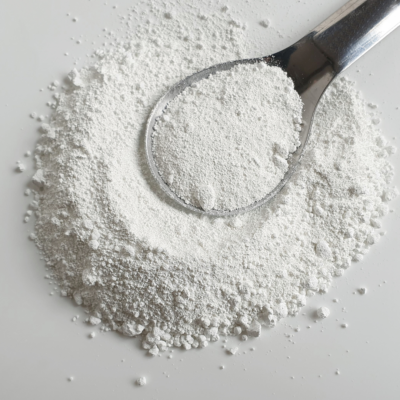
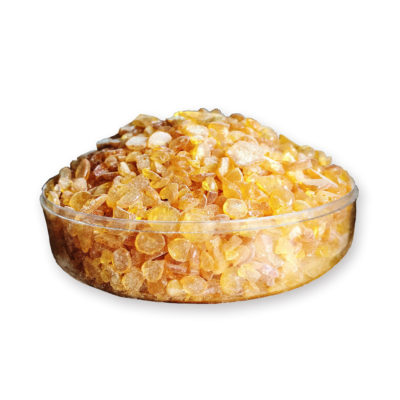
Leave a Reply